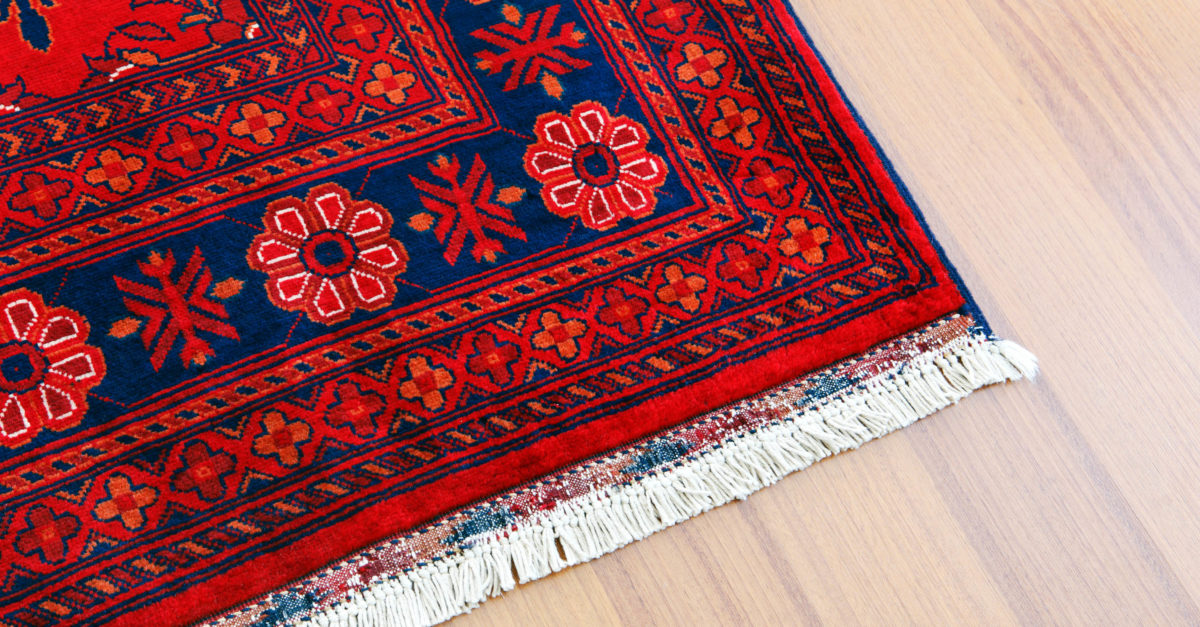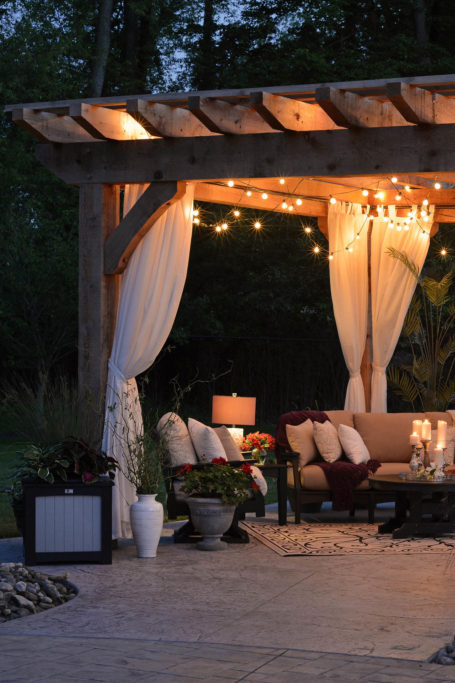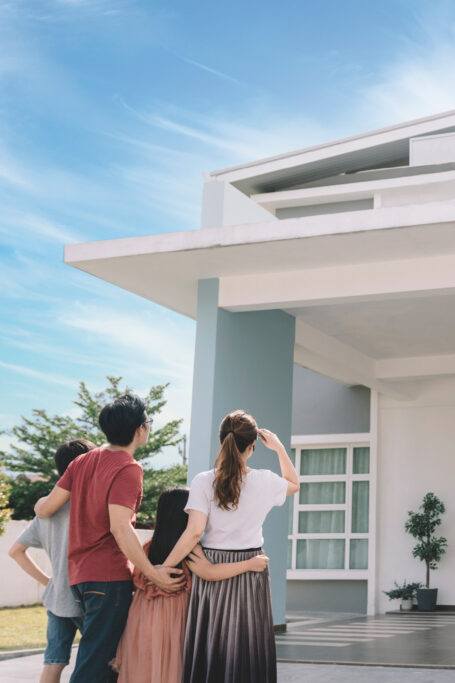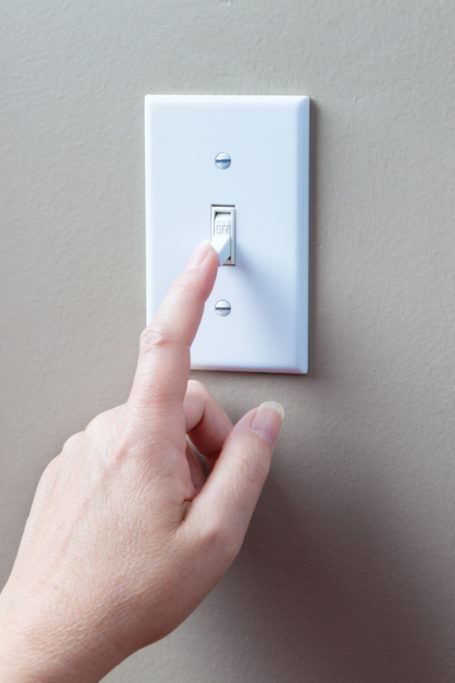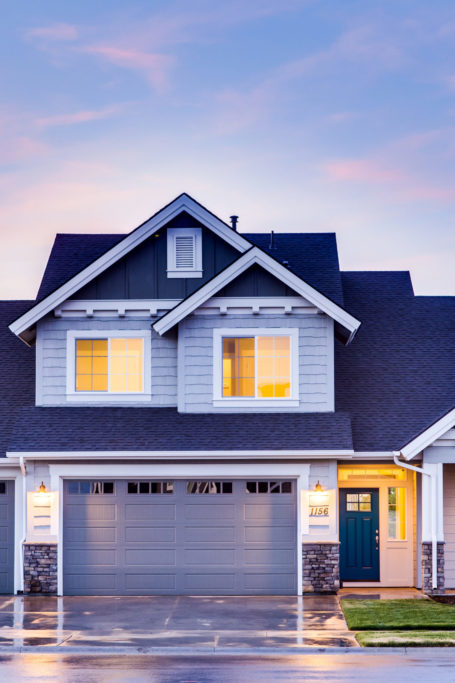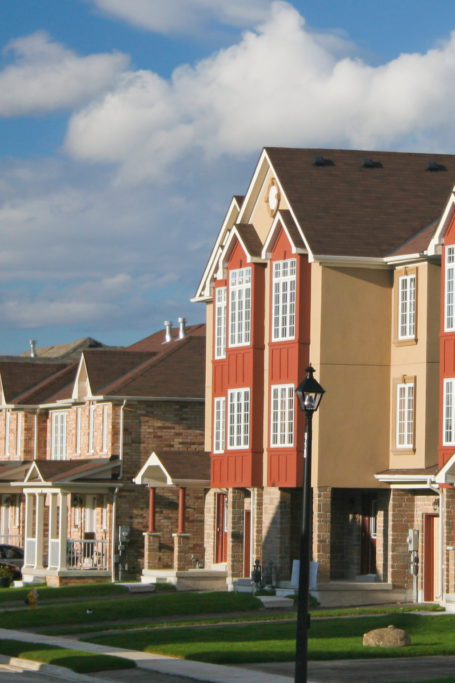Preserve Your Rugs with These Tips
Rugs can be a decorating focal point for nearly any room, with many styles, patterns, and colors available to match your home’s personality. However, you will need to take time to give your rugs some TLC to help them last.
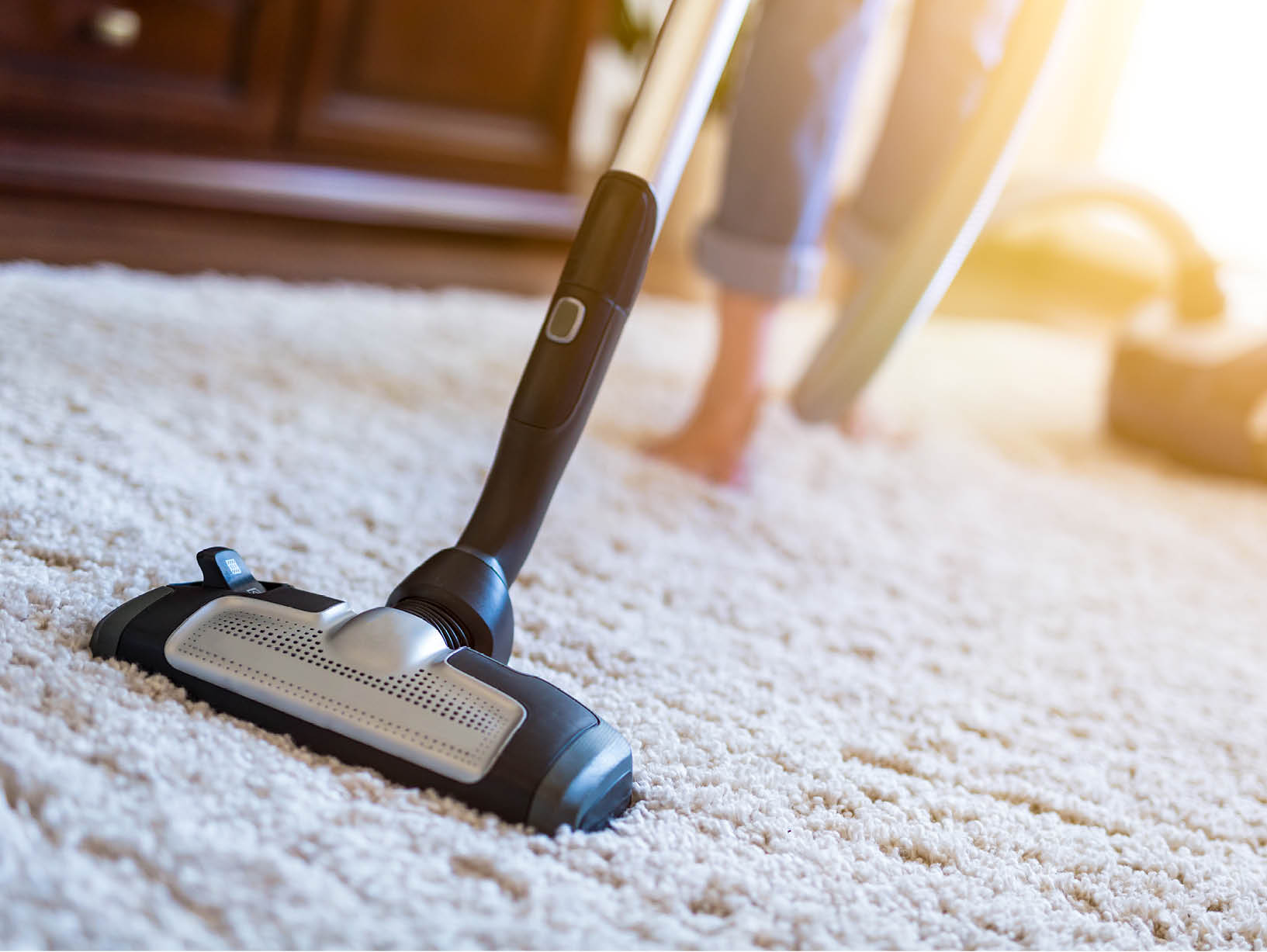
Know your rug
Before you do any type of maintenance to your rug, check the label for special cleaning instructions or precautions you should take. Rugs can be made of various weaves and materials, and each style has specific care instructions. If you’re unsure of how to determine the proper cleaning method, contact a cleaning company to deep-clean your rug. You should have your rugs deep-cleaned every twelve to eighteen months, but you may want to schedule more frequent cleanings for rugs in high-traffic areas.
Vacuum regularly
You should vacuum your rugs thoroughly at least once a week. However, rugs in high-traffic areas or those exposed to pets may require more frequent vacuuming. If your rugs are made of delicate material or are antiques, it’s better to vacuum them with an upholstery attachment to reduce the risk of damage. If you have a shag rug, disengage the beater bar or use an upholstery attachment to prevent tangling. Use caution when vacuuming any fringes—carefully use a nozzle attachment, and periodically lift the edges to clean dirt to prevent it from transferring to the fringes. You can take smaller rugs outside and either shake off any dirt buildup or beat them vigorously to remove excess grit.
Move your rugs
Rotating your rugs every six months helps protect them from excessive wear. Moving your rugs will also help reduce the effects of sunlight—direct sunlight can cause the colors of your rugs to fade over time. If you keep furniture on your rug, be sure to place rug protectors under each leg. You should also rearrange your furniture regularly to create new paths for foot traffic and to help avoid flattening your rugs’ pile, which is the density of the fibers.
Add protection
A quality rug pad will not only improve the safety of your rugs but also extend their longevity. As good as your rugs may look, they can become a hazard thanks to slippage and bunching. However, you can prevent these dangers by adding a nonslip rug pad that keeps it in place. A rug pad will also protect your floor from scratches and dye transfer. Rug pads can even add cushioning to thinner rugs to provide comfort, and some will absorb sound. Most pads work on bare floors, such as hardwood. If you have rugs on top of carpet, make sure you choose a rug pad designed for carpeted areas.


